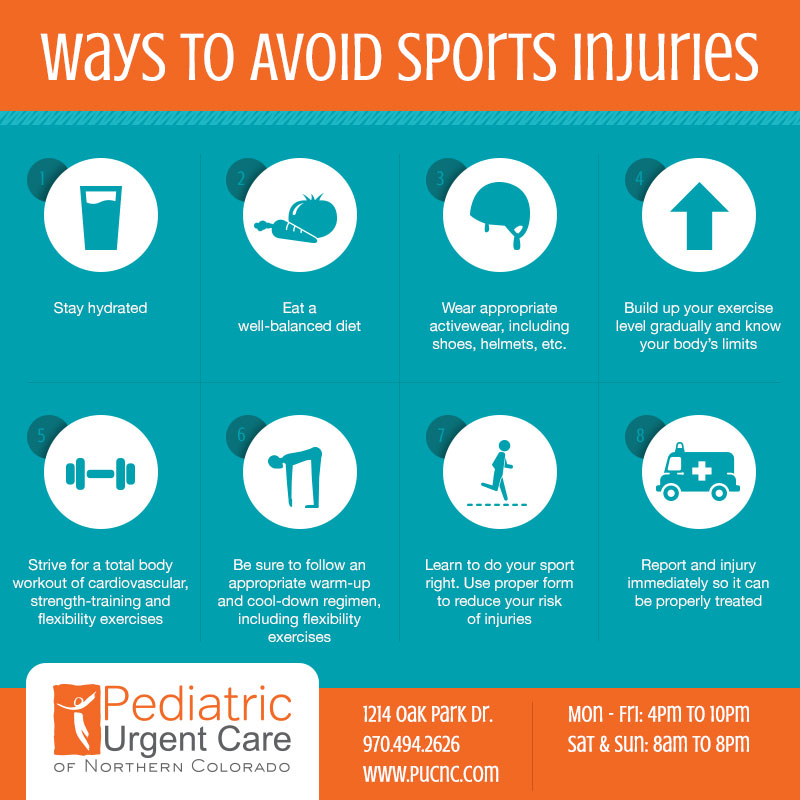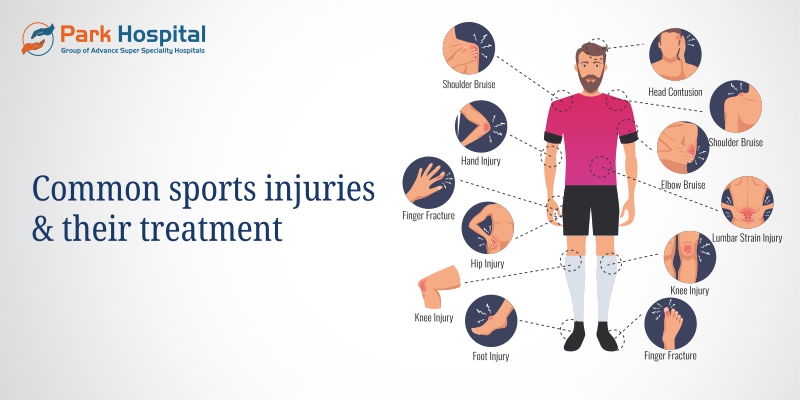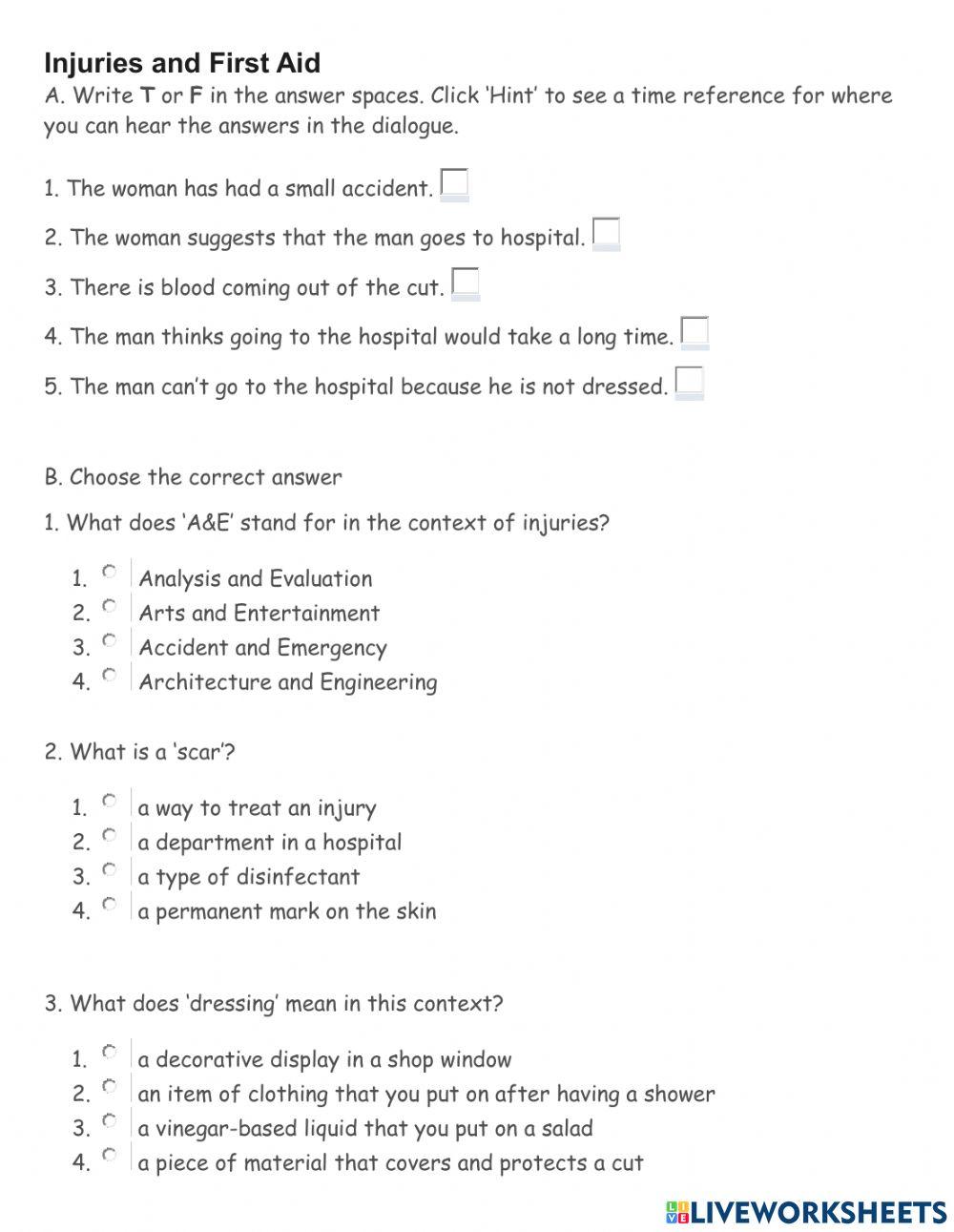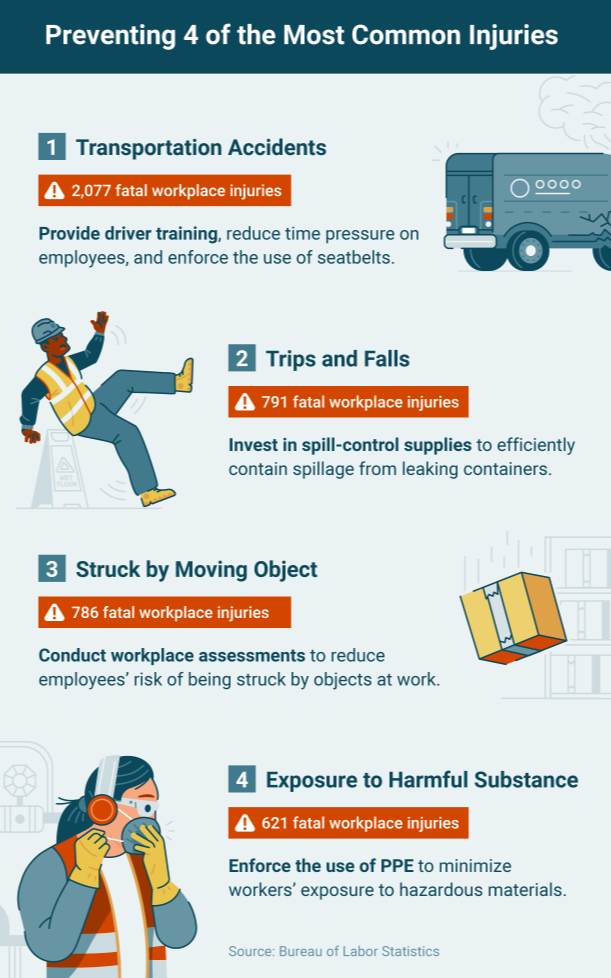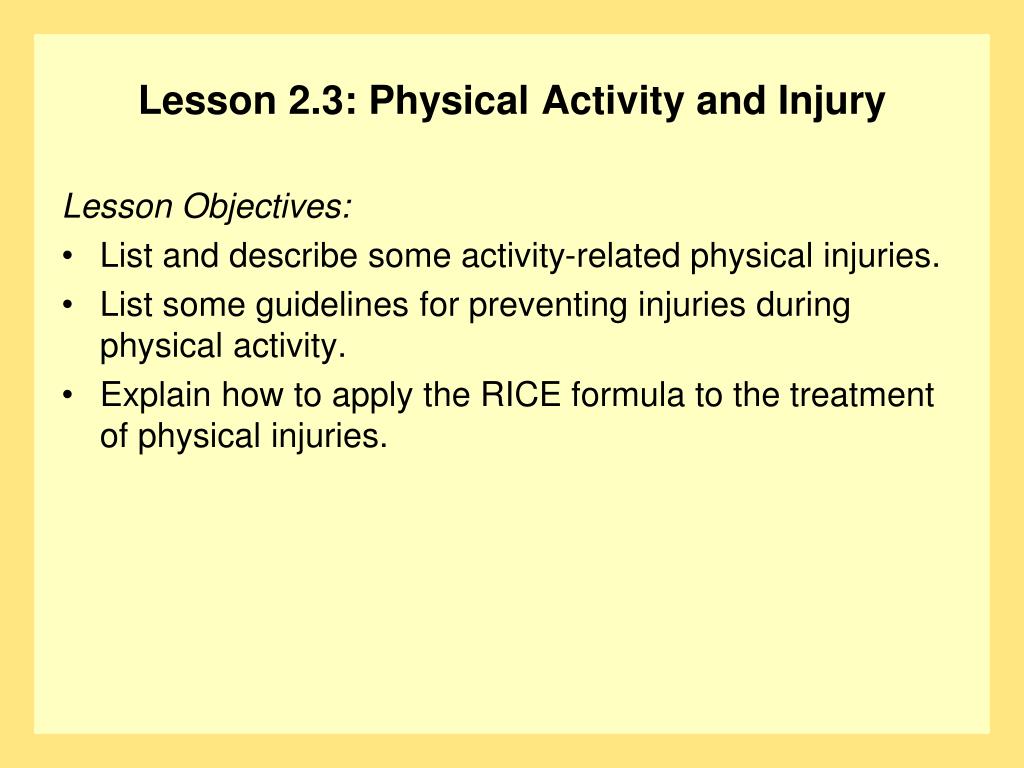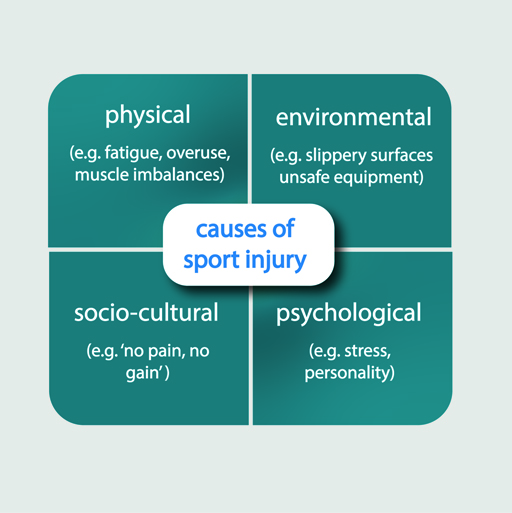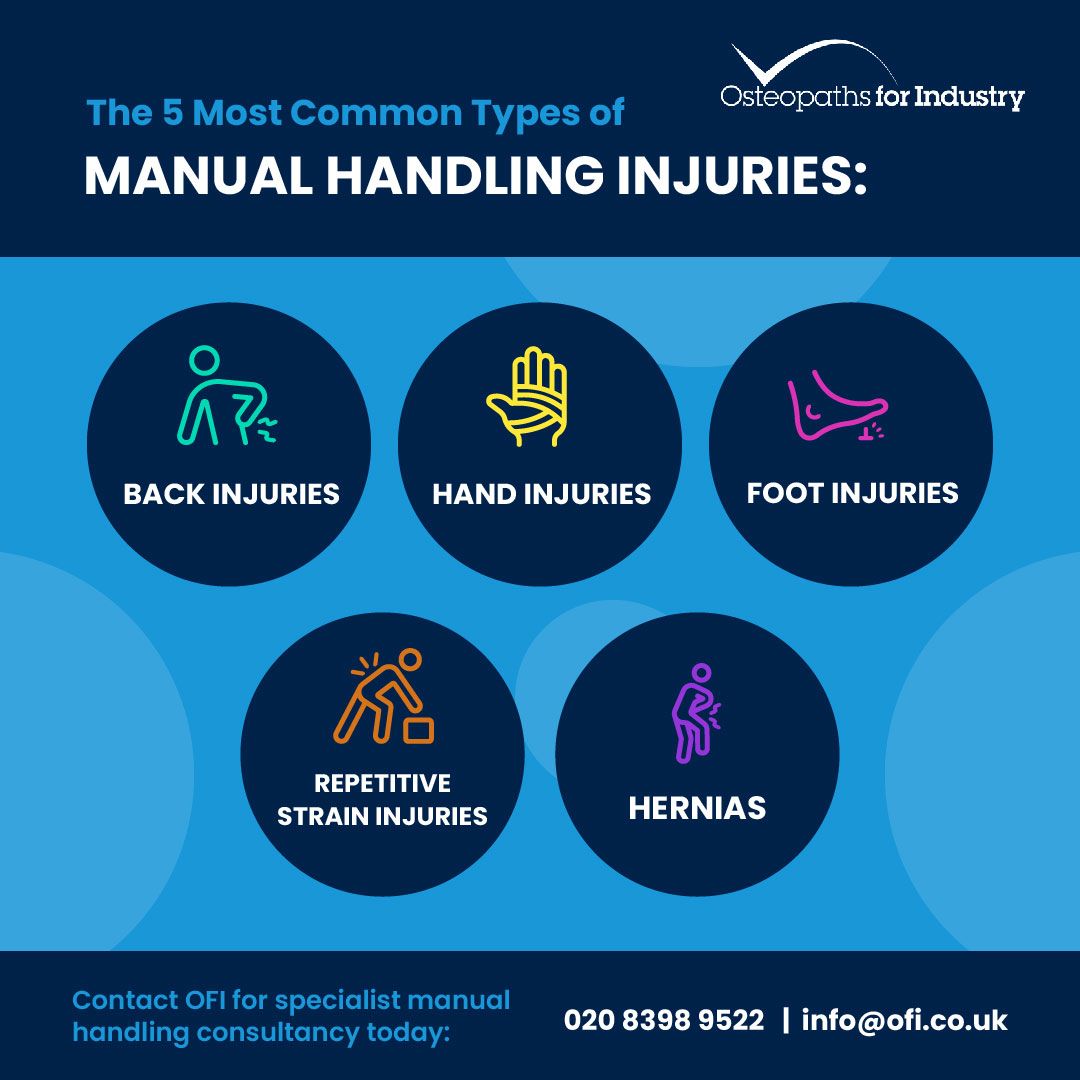Which Of The Following Activities Could Lead To Injuries

Imagine this: the sun is shining, a gentle breeze rustles the leaves, and you're finally tackling that overflowing to-do list. Maybe it's repainting the living room a cheerful yellow, finally conquering that challenging hiking trail, or perfecting your backhand on the tennis court. Each activity beckons with the promise of accomplishment and enjoyment. But lurking beneath the surface of these seemingly benign tasks are potential pitfalls, waiting to transform a productive afternoon into an unexpected trip to the emergency room.
This article aims to explore common activities that often lead to injuries, offering practical tips for minimizing risks and maximizing safety. Understanding these potential hazards empowers individuals to engage in everyday tasks with greater awareness and prevent avoidable accidents. Knowledge is power, especially when it comes to safeguarding our well-being.
The Unexpected Dangers of Home Improvement
Home improvement projects, while rewarding, frequently top the list of injury-causing activities. According to the Consumer Product Safety Commission (CPSC), falls are a leading cause of injury related to home improvement, often involving ladders and rooftops. Electrical shocks and lacerations from power tools also contribute significantly to the annual injury toll.
Consider painting: simple enough, right? But reaching for that high corner requires a stable ladder, not a wobbly chair. Always inspect ladders for damage before use, ensuring they're placed on a level surface. Furthermore, don't overreach – reposition the ladder frequently to stay within a safe zone.
Power tools, like saws and drills, demand respect and adherence to safety guidelines. Always wear safety glasses and gloves, and carefully read the instruction manual before operating any unfamiliar equipment. Disconnect power tools before changing blades or performing maintenance.
Cutting corners, both literally and figuratively, can have serious consequences. Invest in proper equipment, take your time, and if a task seems too daunting, don't hesitate to seek professional assistance. The cost of a professional is often less than the medical bills incurred from an injury.
Sports and Recreation: Pushing Limits, Minimizing Risks
Sports and recreational activities are vital for physical and mental health, but they also present a spectrum of injury risks. From ankle sprains on the basketball court to shoulder dislocations on the ski slopes, the potential for harm is undeniable. Understanding your physical limitations and adopting proper techniques are crucial for staying safe.
Running, a popular form of exercise, can lead to overuse injuries such as shin splints and stress fractures. Proper footwear, gradual increases in mileage, and cross-training can mitigate these risks. Listen to your body and rest when needed, as pushing through pain often exacerbates injuries.
Team sports, like soccer and football, involve collisions and rapid changes in direction, increasing the risk of sprains, strains, and fractures. Wearing appropriate protective gear, such as helmets and pads, is essential. Warm-up exercises and proper stretching can also help prevent injuries.
Even seemingly low-impact activities, such as swimming, can result in injuries. Swimmer's shoulder, a common ailment, is caused by repetitive arm movements. Proper stroke technique and targeted stretching can help prevent this condition. Always swim in designated areas with lifeguard supervision.
The Workplace: Navigating Occupational Hazards
The workplace presents a diverse range of potential hazards, depending on the industry and job role. According to the Occupational Safety and Health Administration (OSHA), common workplace injuries include slips, trips, falls, and overexertion. Ergonomic issues, such as repetitive motions and awkward postures, can also lead to chronic pain and disability.
Construction workers face a particularly high risk of injury due to heavy equipment, heights, and exposure to hazardous materials. Strict adherence to safety protocols, including the use of personal protective equipment (PPE), is paramount. Regular safety training and inspections are crucial for identifying and mitigating potential hazards.
Office workers, while seemingly in a safer environment, are still vulnerable to ergonomic injuries. Improper workstation setup, prolonged sitting, and repetitive keyboarding can contribute to back pain, carpal tunnel syndrome, and other musculoskeletal disorders. Taking frequent breaks, stretching, and using ergonomic equipment can help prevent these issues.
Regardless of the workplace, open communication between employees and employers is essential for maintaining a safe environment. Reporting hazards, participating in safety training, and following established procedures can significantly reduce the risk of workplace injuries.
Everyday Activities: Awareness is Key
Even seemingly mundane activities can lead to injuries if approached carelessly. Walking, for example, can result in falls, especially on uneven surfaces or during inclement weather. Paying attention to your surroundings, wearing appropriate footwear, and using assistive devices, such as canes, can reduce the risk of falls.
Gardening, a relaxing pastime for many, can strain muscles and joints. Lifting heavy pots, bending over for extended periods, and repetitive weeding can contribute to back pain and other musculoskeletal problems. Using proper lifting techniques, taking frequent breaks, and employing ergonomic tools can help prevent these injuries.
Cooking, a daily necessity, also presents a range of potential hazards. Burns from hot surfaces, cuts from sharp knives, and slips on wet floors are all common kitchen injuries. Using caution when handling hot items, keeping knives sharp, and cleaning up spills promptly can help prevent these accidents.
Driving, while a common mode of transportation, is inherently risky. Distracted driving, speeding, and driving under the influence are major contributors to car accidents. Following traffic laws, maintaining focus on the road, and avoiding distractions can significantly reduce the risk of collisions.
Remember to always wear a seatbelt.
Conclusion: A Proactive Approach to Safety
The activities discussed above represent just a fraction of the potential sources of injury in our daily lives. While it's impossible to eliminate all risks, understanding the potential hazards and adopting a proactive approach to safety can significantly reduce the likelihood of accidents. By prioritizing safety in every activity, we can protect ourselves and others from unnecessary harm.
It's not about living in fear, but about cultivating a mindset of awareness and responsibility. By making conscious choices to minimize risks, we can enjoy our activities with greater confidence and peace of mind. A little precaution goes a long way in preventing injuries and ensuring a healthier, happier life.
